Military
The Most Mass-Produced American Carrier-Borne Plane in World War II
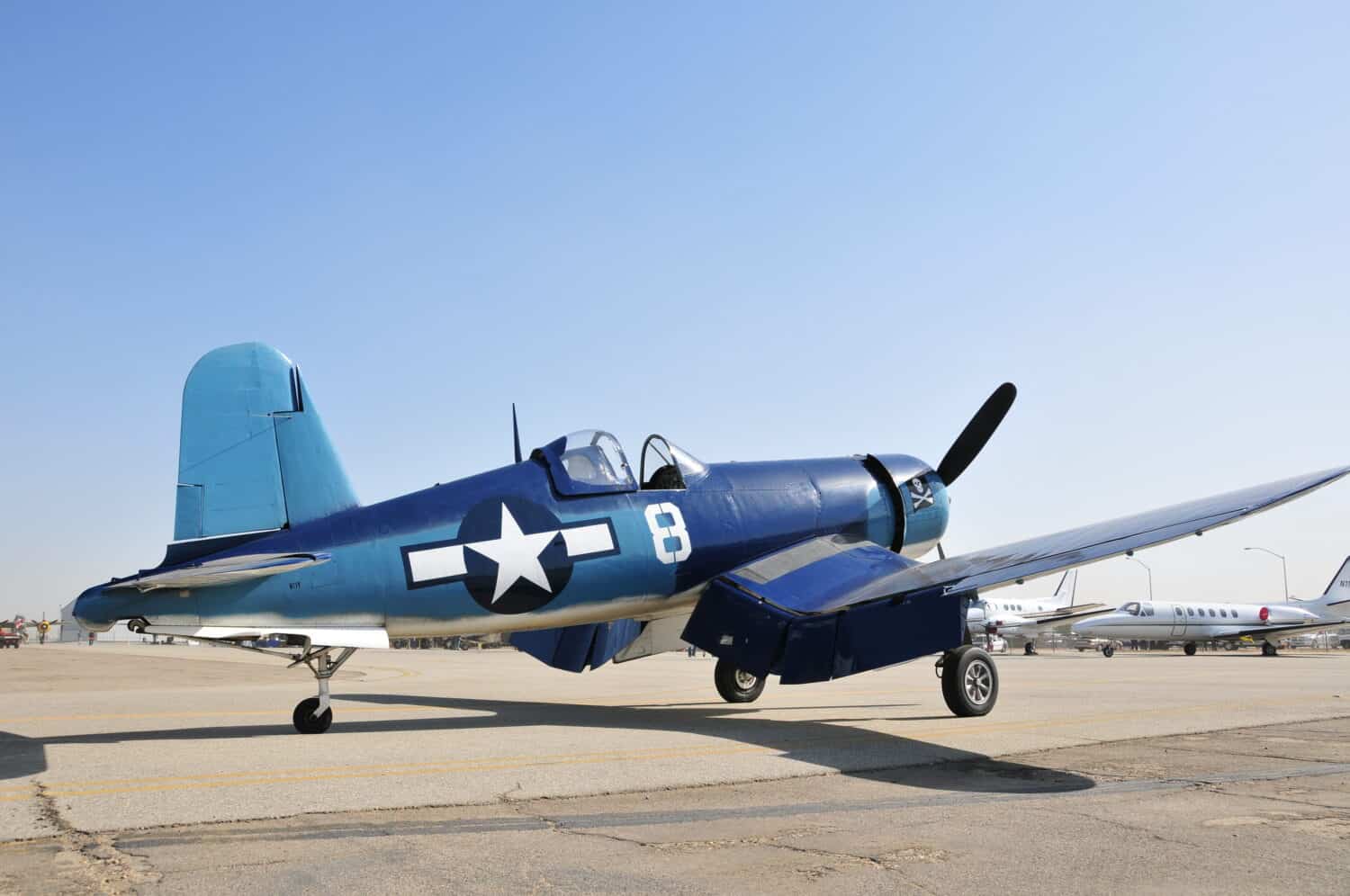
Published:
Last Updated:

One of the most important advancements in aviation was the introduction of aircraft carriers. These immense ships became mobile airfields and played a crucial role in especially the Pacific Theater of World War II. With the carriers came special planes that used these ships to fly missions against the German forces. This was a golden age for airplane manufacturing — during World War II America produced 297,000 aircraft.
To identify every carrier-based aircraft the United States used during WWII, 24/7 Wall St. referenced U.S. naval aircraft in the WWII era from the online military equipment database Military Factory, an online database of military vehicles, aircraft, arms, and more. The planes were listed in ascending order on production totals. We excluded prototype aircraft or those with limited production runs were excluded. Supplemental information about the aircraft’s type, crew size, top speed, roles, and year entered service also came from the Military Factory.
The initial production line of fighter aircraft used by the U.S. Navy and Marines was the Grumman F4F Wildcat. It served as the primary carrier-based fighter in the early stages of the war in the Pacific, proving to be an exceptionally rugged and reliable aircraft. (Also see, these are the most produced aircraft by any nation during WWII.)
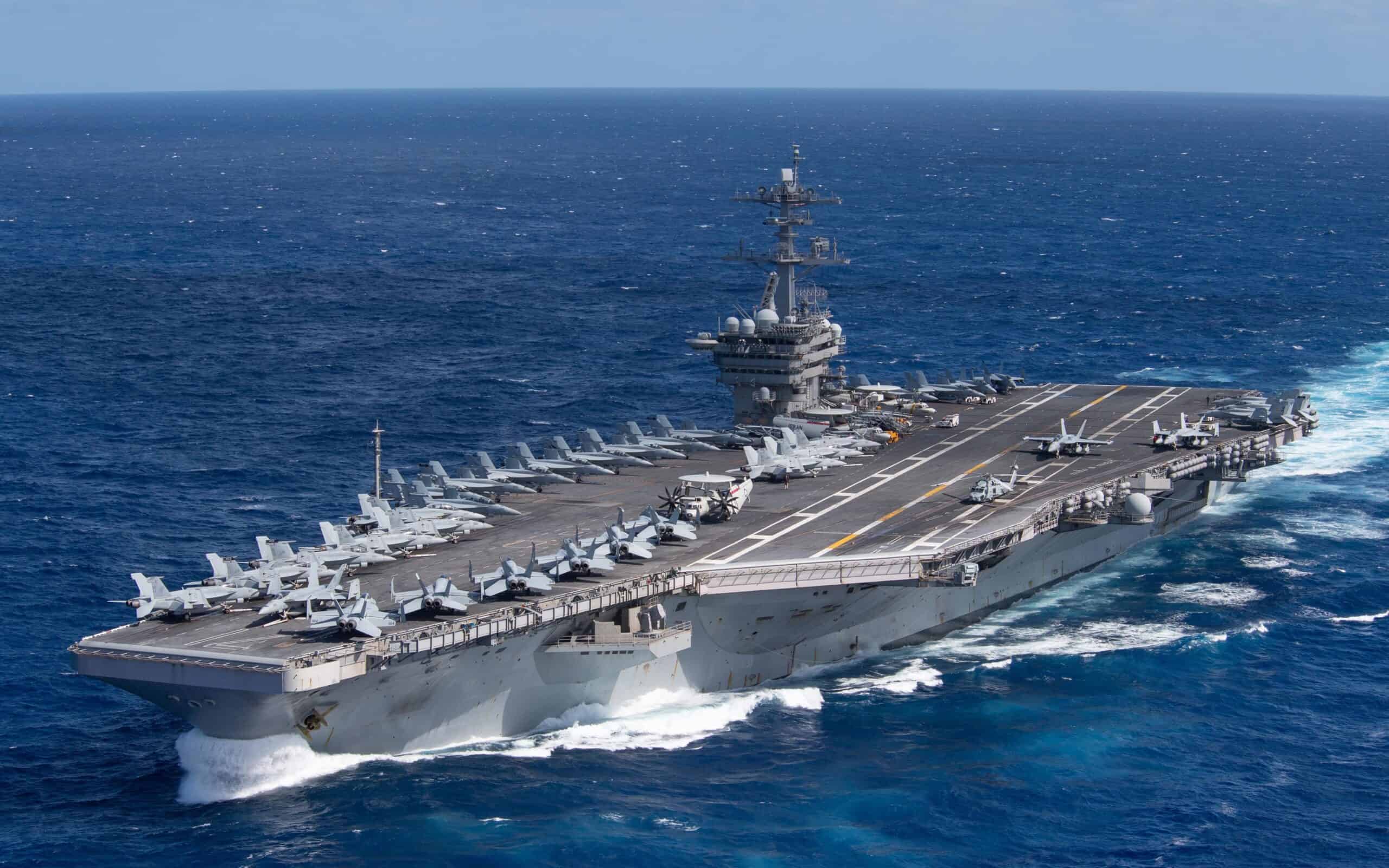
Although land-based aircraft have many advantages, the use of aircraft carriers with their planes far outweighs the disadvantages. America has a lot of enemies and potential threats relatively far away from land bases. The use of aircraft carriers therefore makes much more sense in these scenarios. Especially in our modern world with ever-shifting alliances and emerging threats to national security, the United States seeks to maintain combat readiness. The planes that are used on aircraft carriers are specially adapted for these conditions. As of April 2024, the United States has 11 large nuclear-powered fleet carriers — carrying around 80 fighters each. The production of these aircraft and ships is an important part of the weapons manufacturing business in the US.
Here is a Ranking of World War II American Carrier-Based Planes by Production Numbers During the War
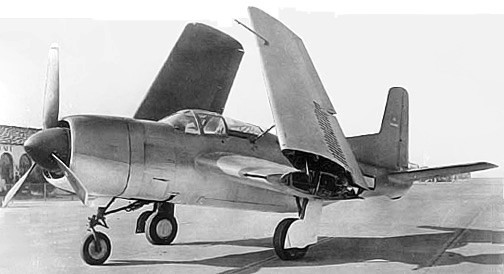
There were 30 of the Douglas BTD Destroyer built. This Torpedo/dive bomber entered service in 1944. It had a crew of 1 and a top speed of 334 mph. It was primarily used for Ground attacks (bombing, strafing), and anti-ship.
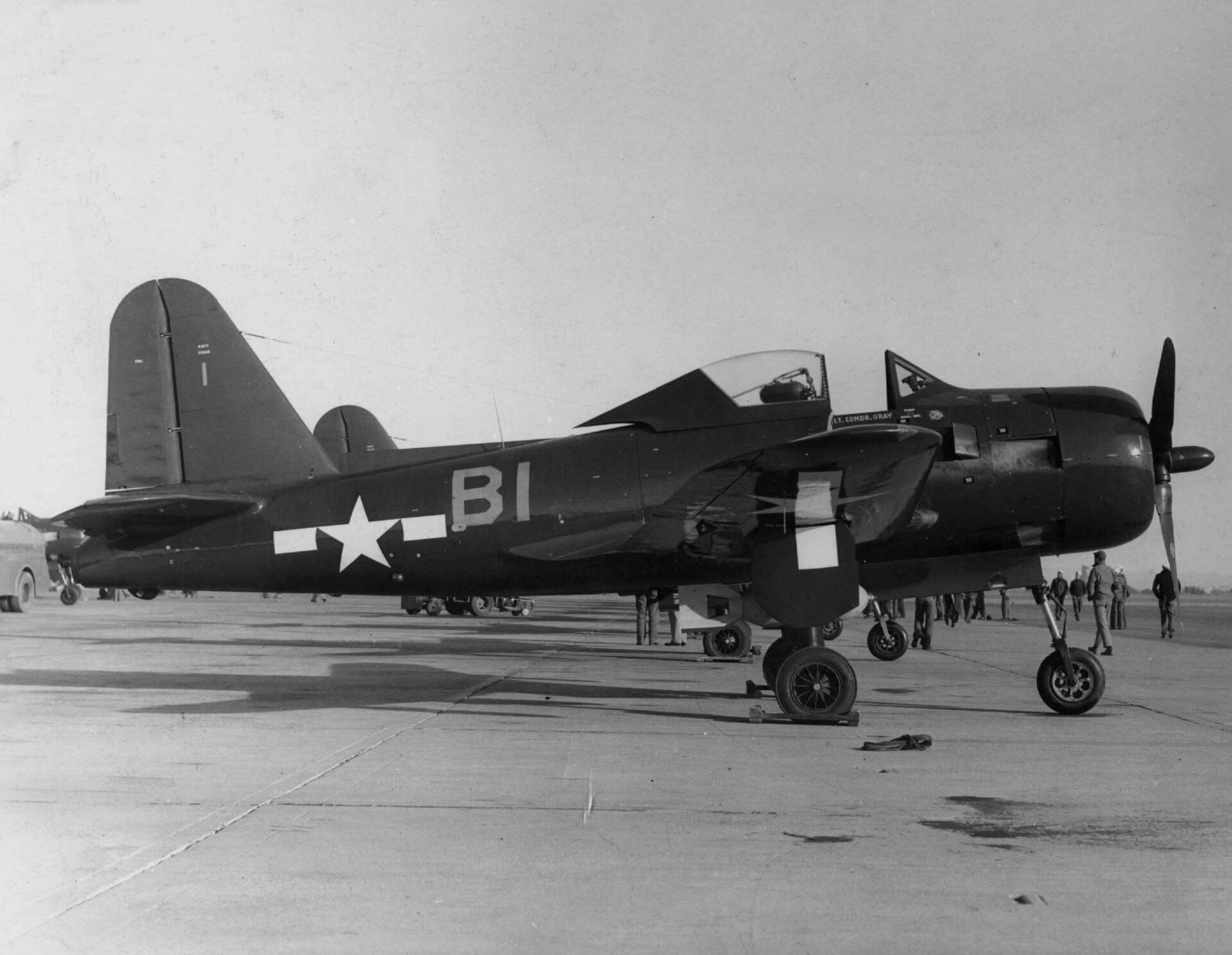
There were 66 of the Ryan FR Fireball built. This Mixed-power fighter entered service in 1945. It had a crew of 1 and a top speed of 426 mph. It was primarily used for Air-to-air combat fighter, interception.
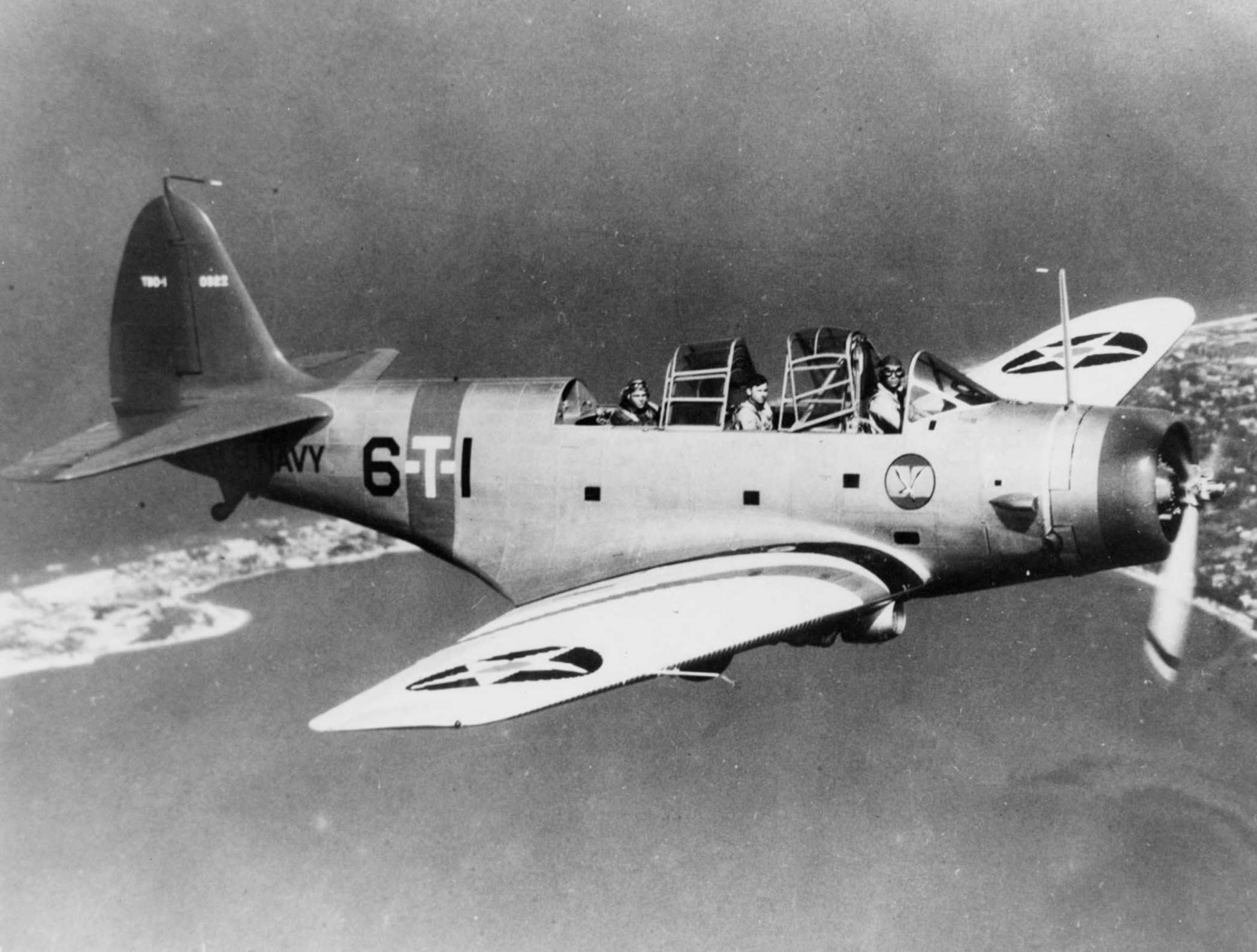
There were 130 of the Douglas TBD Devastator built. This Navy torpedo bomber entered service in 1937. It had a crew of 3 and a top speed of 206 mph. It was primarily used for Ground attack (bombing, strafing), and anti-ship.
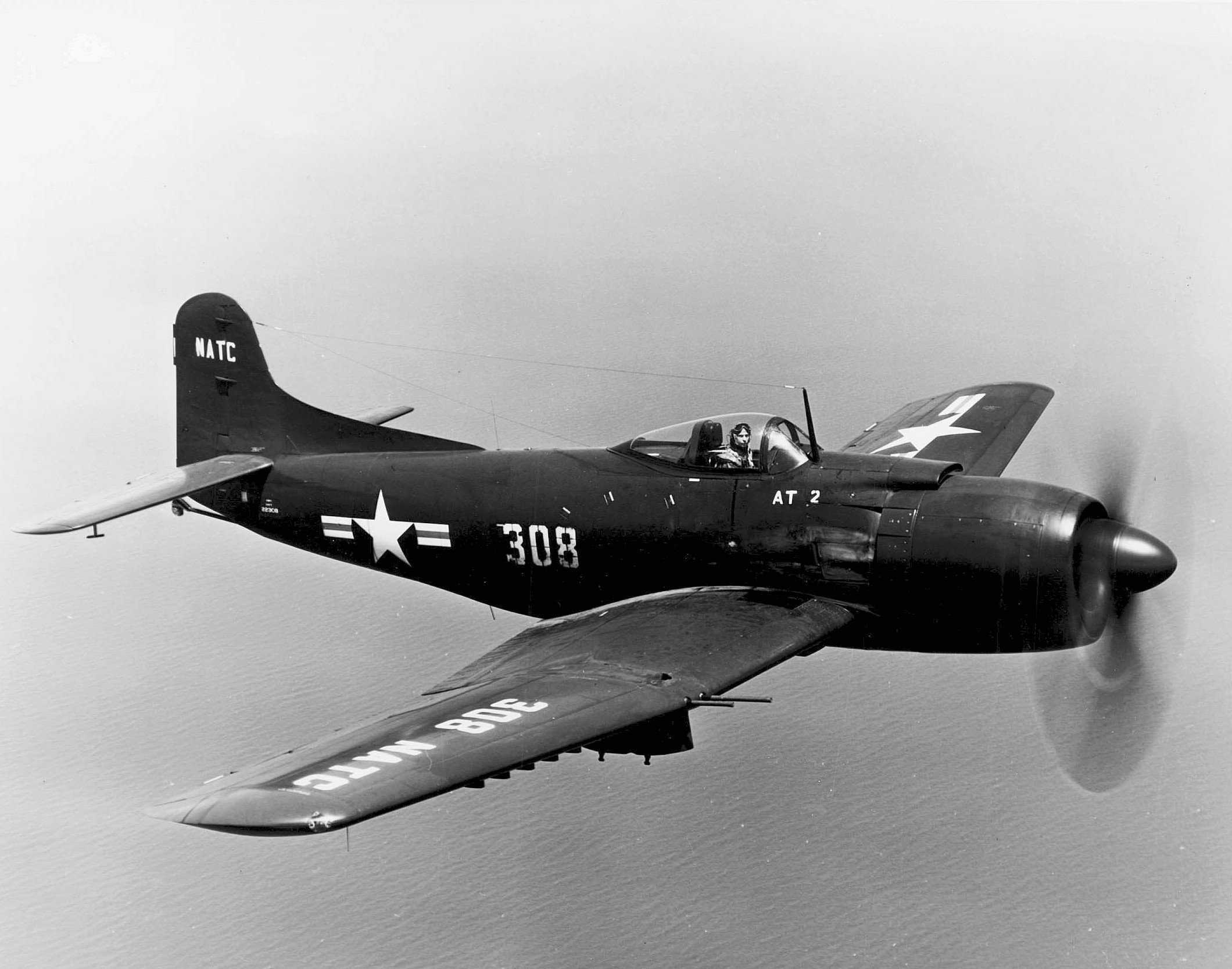
There were 151 of the Martin AM Mauler built. This Attack aircraft entered service in 1948. It had a crew of 1 and a top speed of 384 mph. It was primarily used for Close-air support.
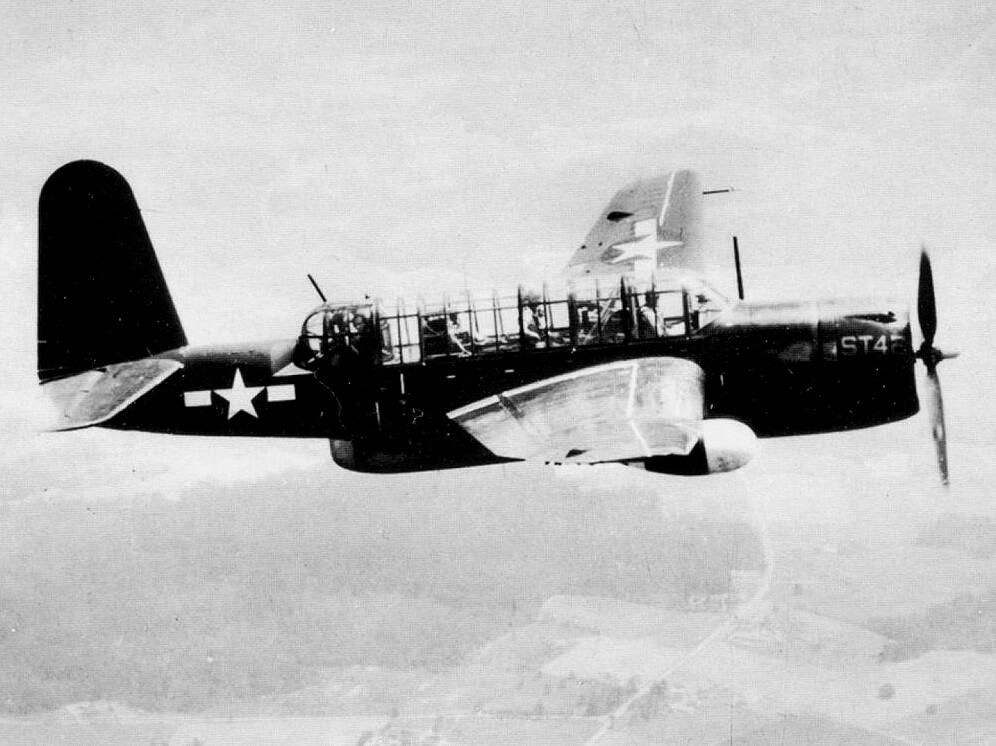
There were 180 of the Consolidated Vultee TBY Sea Wolf built. This Torpedo bomber entered service in 1944. It had a crew of 3 and a top speed of 306 mph. It was primarily used for Ground attacks (bombing, strafing).
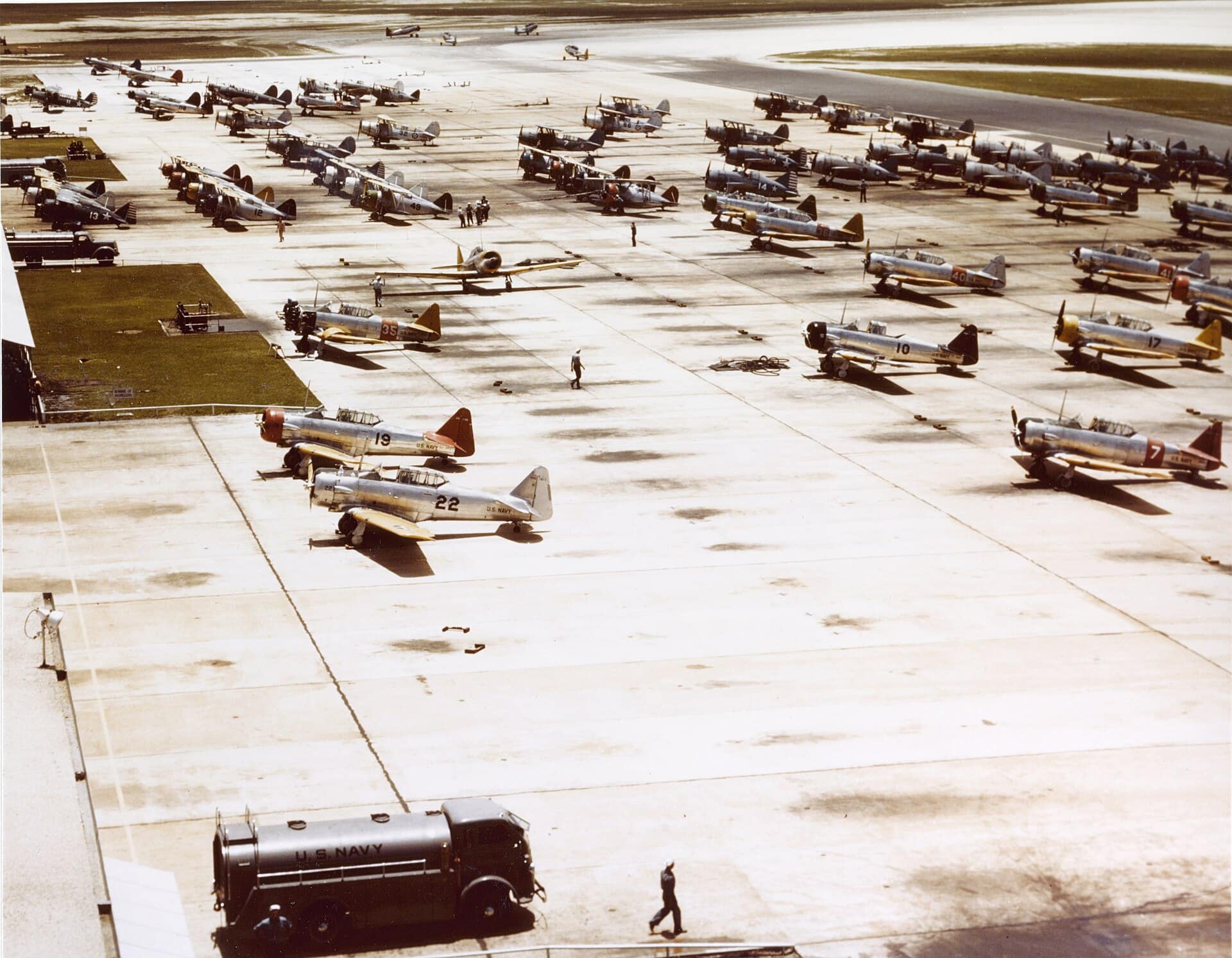
There were 257 of the Curtiss SBC Helldiver built. This Naval dive bomber/fighter entered service in 1938. It had a crew of 2 and a top speed of 237 mph. It was primarily used for Air-to-air combat fighters, ground attacks (bombing, strafing), and anti-ship.
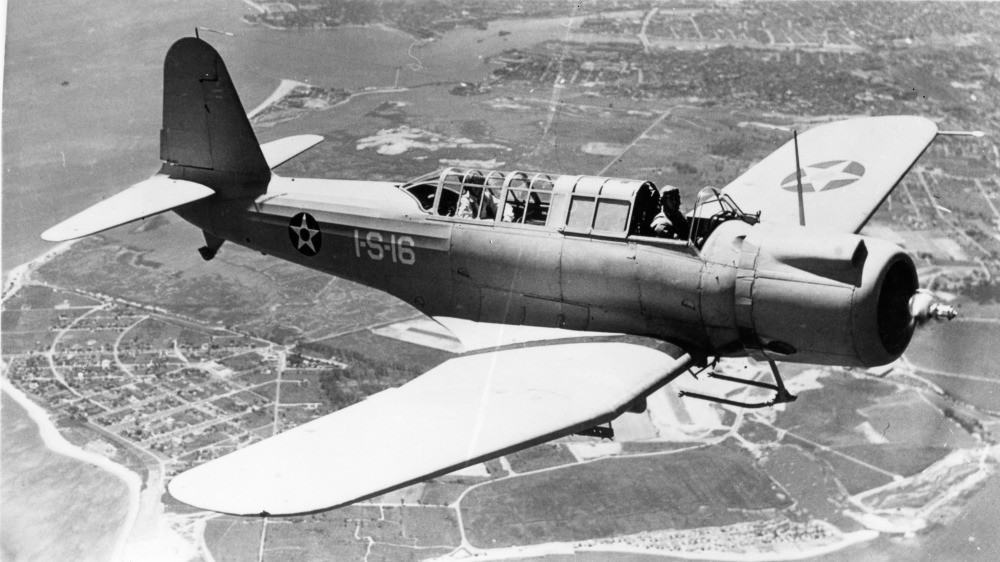
There were 260 of the Vought SB2U Vindicator built. This Dive bomber entered service in 1937. It had a crew of 2 and a top speed of 251 mph. It was primarily used for Ground attacks (bombing, strafing), anti-ship, and training.

There were 509 of the Brewster F2A (Buffalo) built. This Single-seat, single-engine monoplane fighter entered service in 1939. It had a crew of 1 and a top speed of 321 mph. It was primarily used for Air-to-air combat fighters.

There were 600 of the Brewster F3A (F4U-1) Corsair built. This Single-engine fighter entered service in 1943. It had a crew of 1 and a top speed of 416 mph. It was primarily used for Air-to-air combat fighter, interception, ground attack (bombing, strafing), close air support, and intelligence-surveillance-reconnaissance.

There were 739 of the Consolidated PB4Y-2 Privateer built. This Long-range maritime reconnaissance aircraft entered service in 1943. It had a crew of 11 and a top speed of 300 mph. It was primarily used for Ground attack (bombing, strafing), anti-submarine, anti-ship, search & rescue, and intelligence-surveillance-reconnaissance.
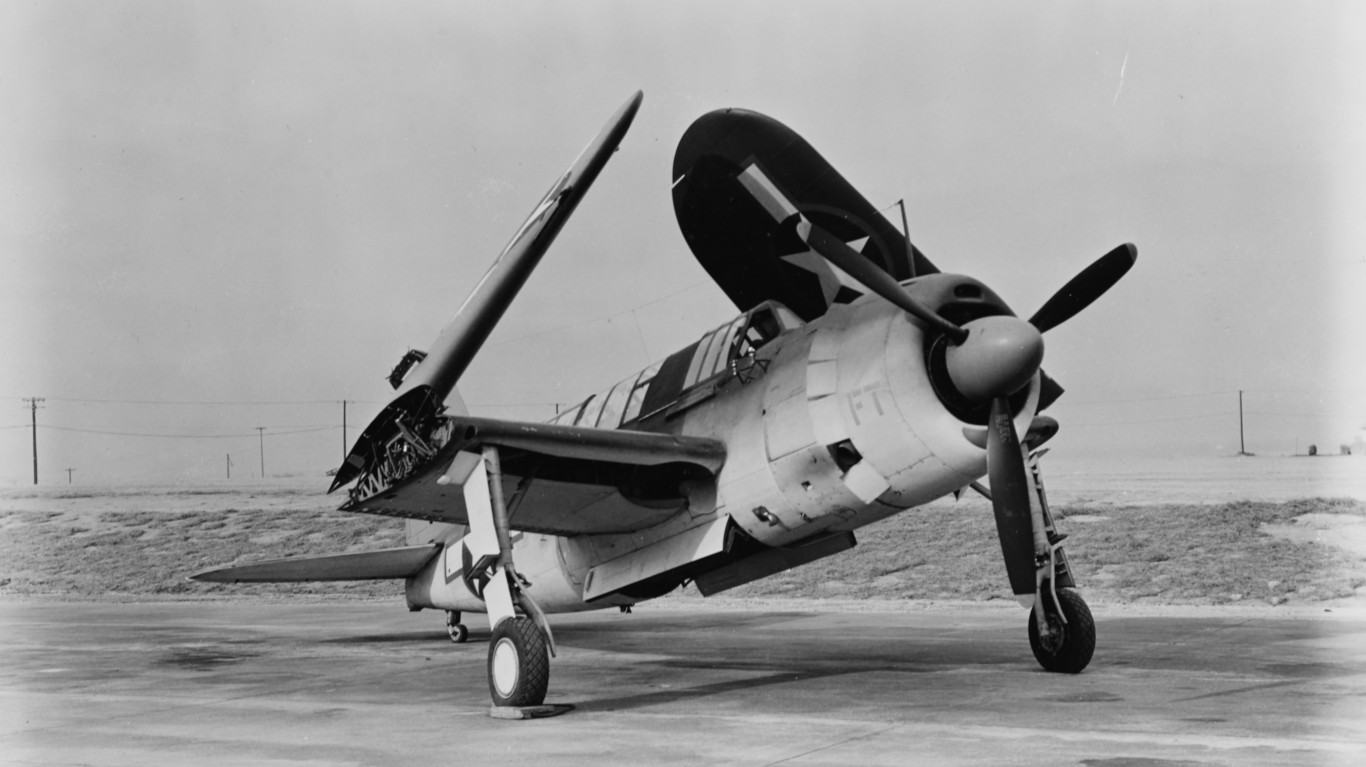
There were 771 of the Brewster SB2A Buccaneer built. This Scout bomber entered service in 1941. It had a crew of 2 and a top speed of 273 mph. It was primarily used for Ground attacks (bombing, strafing), and intelligence-surveillance-reconnaissance.
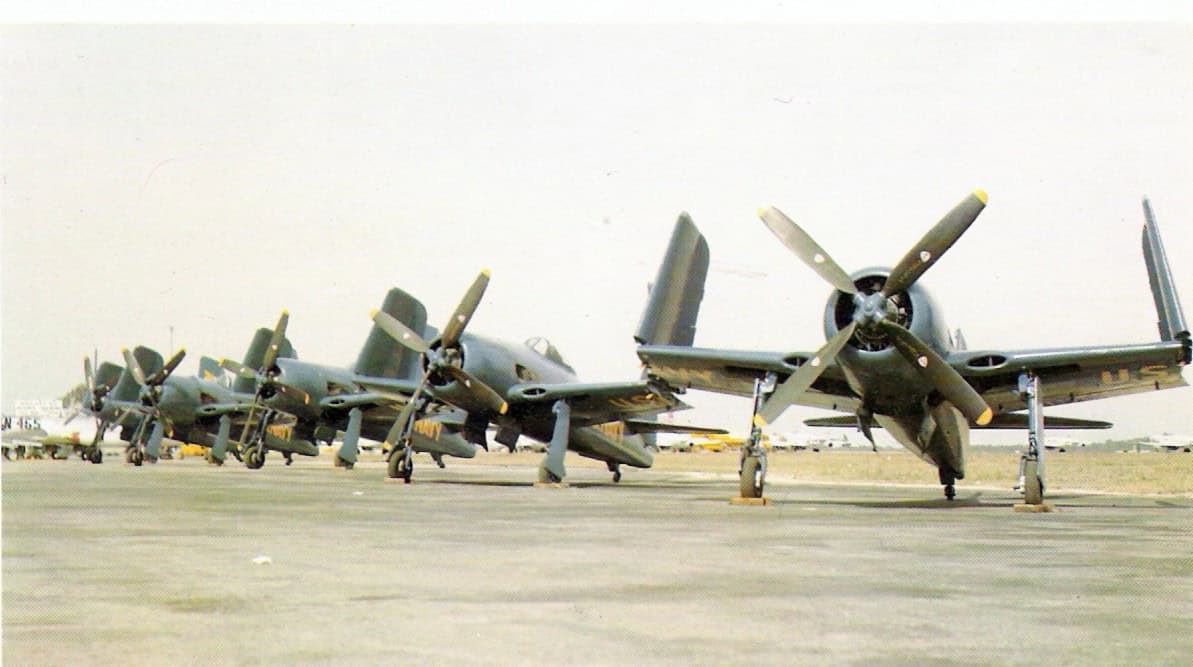
There were 1,266 of the Grumman F8F Bearcat built. This Fighter/interceptor entered service in 1945. It had a crew of 1 and a top speed of 421 mph. It was primarily used for Air-to-air combat fighter, interception.

There were 5,936 of the Douglas SBD Dauntless built. This Dive bomber entered service in 1938. It had a crew of 2 and a top speed of 255 mph. It was primarily used for Ground attacks (bombing, strafing), and anti-ship.
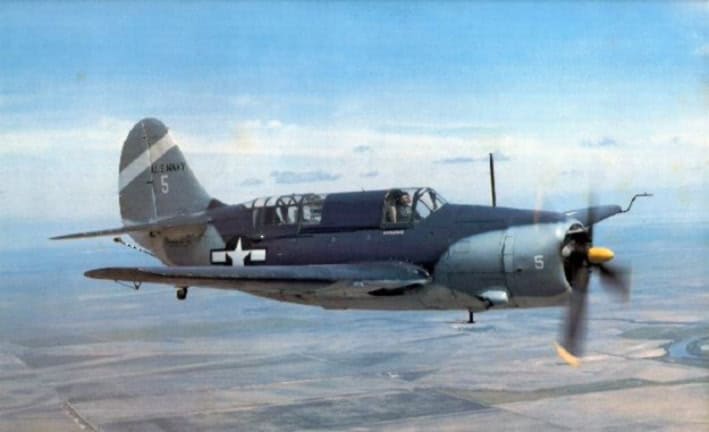
There were 7,140 of the Curtiss SB2C Helldiver built. This Dive bomber/reconnaissance aircraft entered service in 1943. It had a crew of 2 and a top speed of 260 mph. It was primarily used for Ground attack (bombing, strafing), anti-ship, and intelligence-surveillance-reconnaissance.
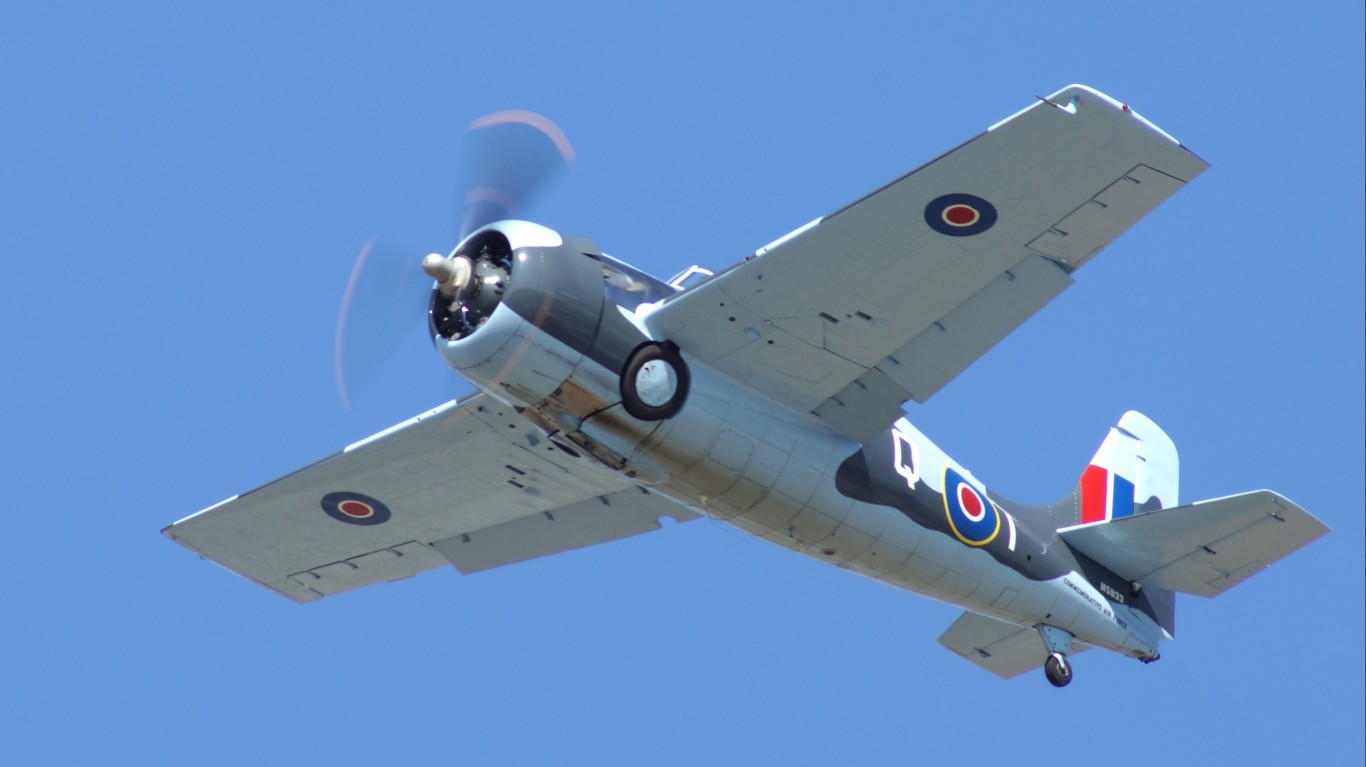
There were 7,722 of the Grumman F4F Wildcat built. This Single-seat, single-engine monoplane fighter entered service in 1940. It had a crew of 1 and a top speed of 332 mph. It was primarily used for Air-to-air combat fighters, and ground attacks (bombing, strafing).
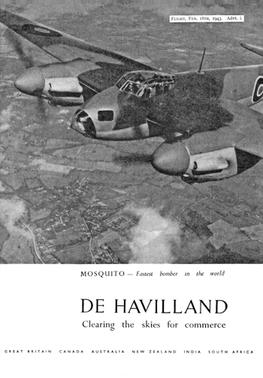
There were 7,781 of the de Havilland DH.98 Mosquito built. This Multirole heavy fighter/fighter-bomber entered service in 1942. It had a crew of 2 and a top speed of 407 mph. It was primarily used for Air-to-air combat fighters, interception, ground attack (bombing, strafing), close air support, anti-submarine warfare, anti-ship, intelligence-surveillance-reconnaissance, and training.
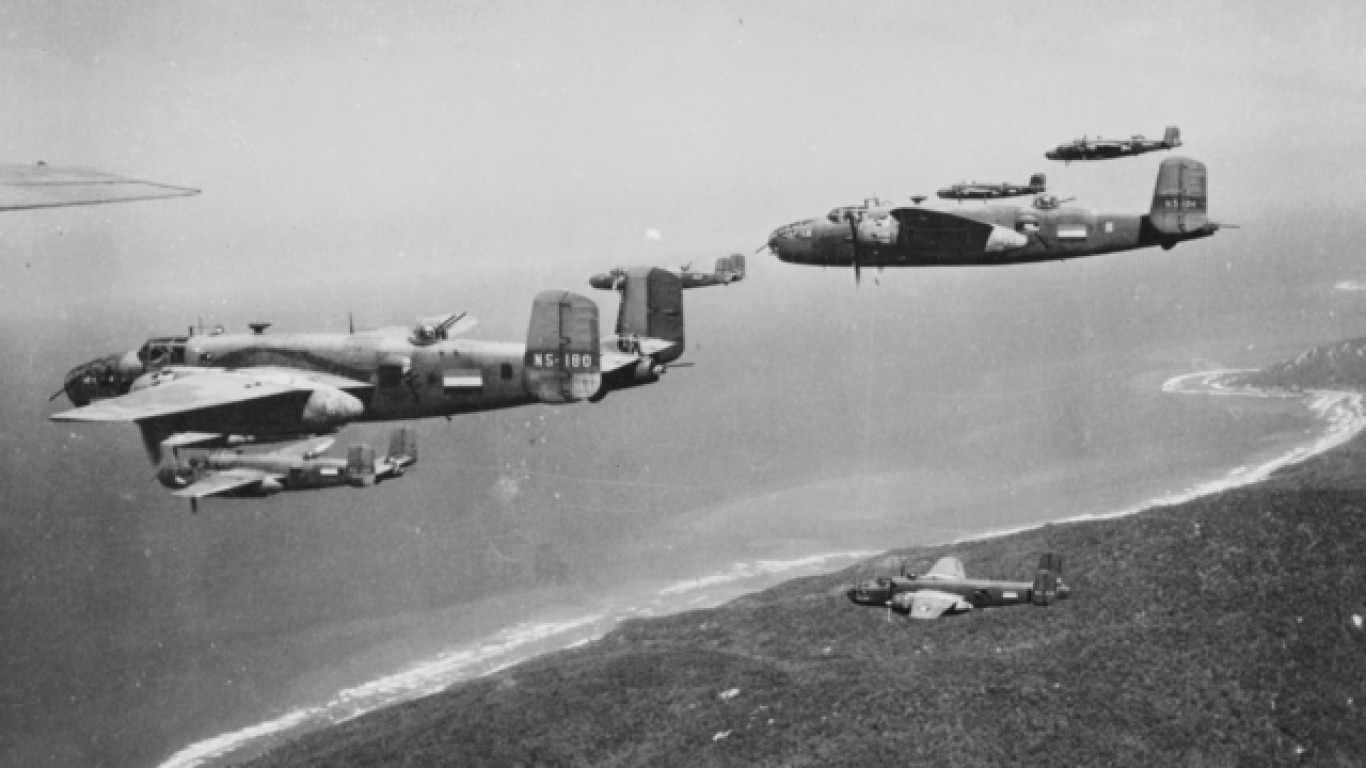
There were 9,816 of the North American B-25 Mitchell built. This Twin-engine medium bomber entered service in 1941. It had a crew of 5 and a top speed of 272 mph. It was primarily used for Ground attack (bombing, strafing), close-air support, anti-submarine warfare, anti-ship, transport, VIP service, intelligence-surveillance-reconnaissance, and training.
There were 9,835 of the Gruman TBF Avenger built. This Torpedo bomber entered service in 1942. It had a crew of 3 and a top speed of 271 mph. It was primarily used for Air-to-air combat fighter, ground attack (bombing, strafing), airborne early warning, anti-submarine warfare, anti-ship, electronic warfare, and intelligence-surveillance-reconnaissance.
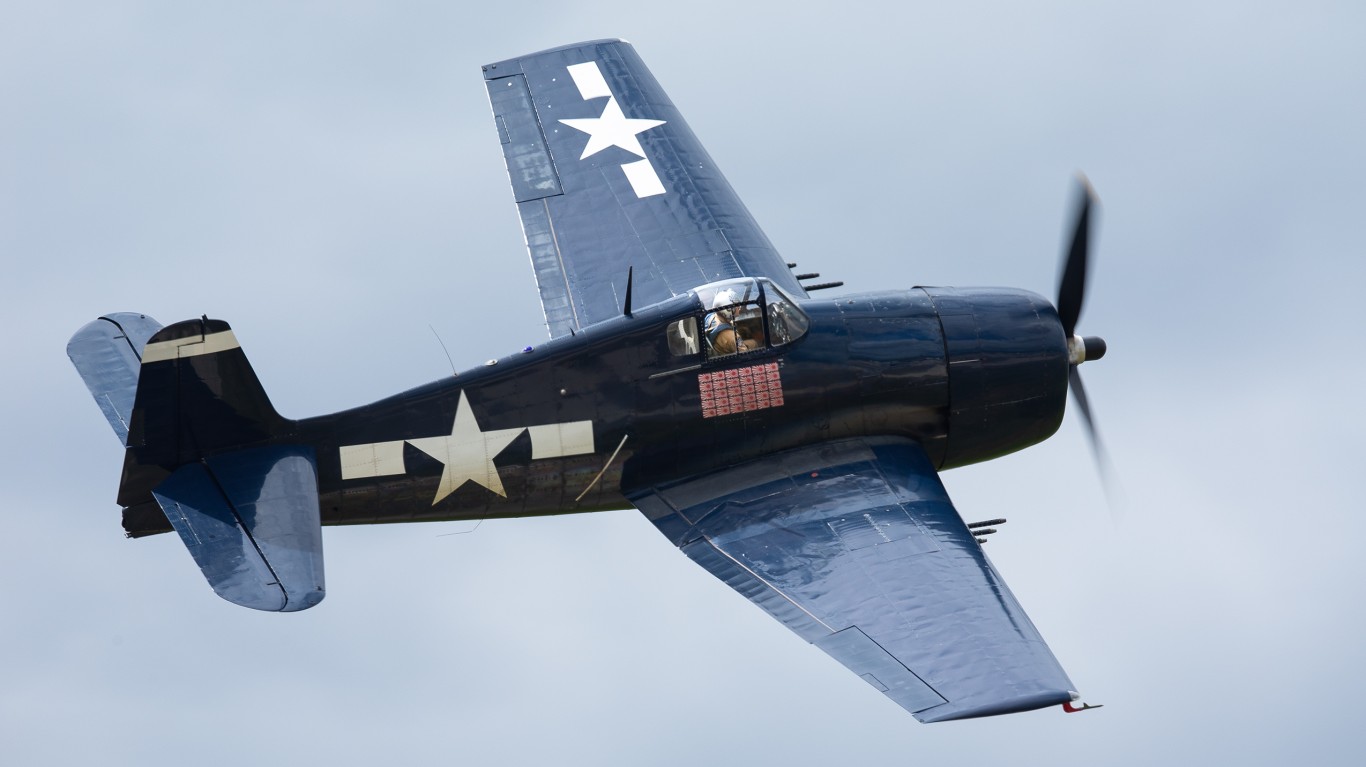
There were 12,272 of the Grumman F6F Hellcat built. This Fighter-bomber entered service in 1943. It had a crew of 1 and a top speed of 380 mph. It was primarily used for Air-to-air combat fighter, interception, ground attack (bombing, strafing), and close air support.
There were 12,571 of the Vought F4U Corsair built. This Fighter-bomber entered service in 1942. It had a crew of 1 and a top speed of 446 mph. It was primarily used for Air-to-air combat fighter, interception, ground attack (bombing, strafing), close-air support, and intelligence-surveillance-reconnaissance.
Finding a qualified financial advisor doesn’t have to be hard. SmartAsset’s free tool matches you with up to 3 fiduciary financial advisors in your area in 5 minutes. Each advisor has been vetted by SmartAsset and is held to a fiduciary standard to act in your best interests. If you’re ready to be matched with local advisors that can help you achieve your financial goals, get started now.
Thank you for reading! Have some feedback for us?
Contact the 24/7 Wall St. editorial team.